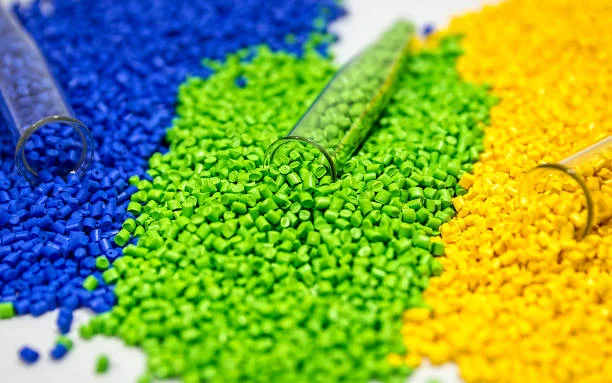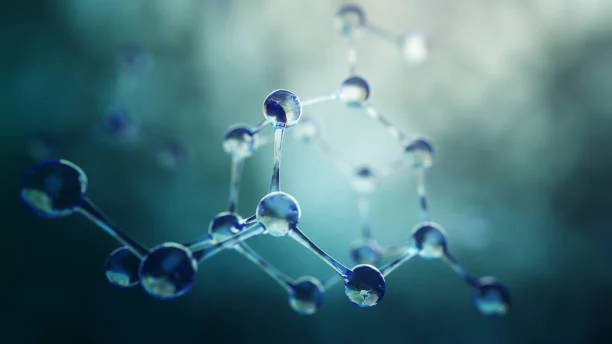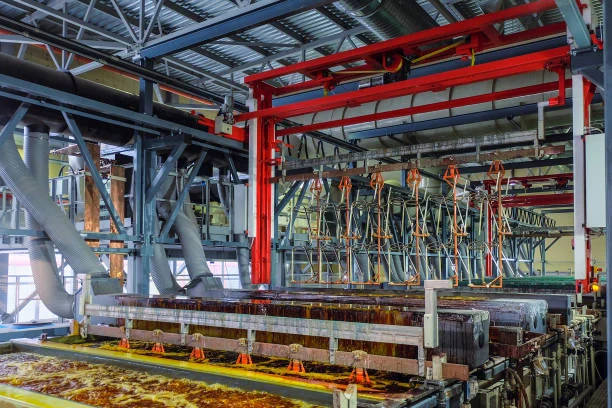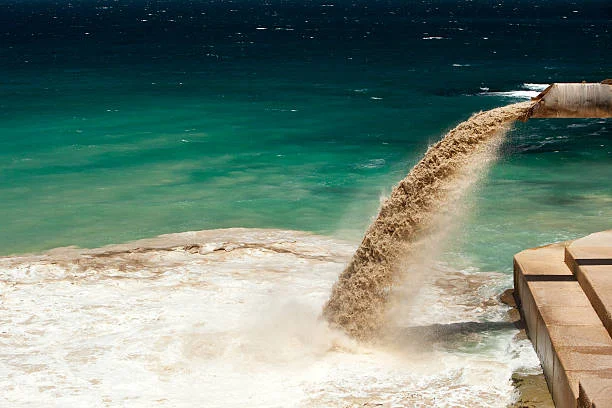
In the gold cyanidation industry, enhancing leaching efficiency is a crucial pursuit for maximizing resource utilization and economic returns. To address this, a series of comprehensive experimental studies on the application of atmospheric-pressure oxygen-rich leaching in a cyanidation plant were carried out, focusing on the gold concentrate of the plant.
Experimental Setup
Three distinct scales of experiments—bench-scale, semi-industrial, and industrial—were conducted. The bench-scale experiment was the starting point, aiming to initially evaluate the potential of the oxygen-rich leaching process. Next, the semi-industrial experiment served as a bridge between the laboratory and full industrial implementation, providing more practical insights. Finally, the industrial experiment validated the effectiveness of the process under real - world production conditions.
Experimental Results
Bench - scale Experiment
The bench-scale test results demonstrated that the oxygen-rich leaching process could increase the gold leaching rate by 0.30%. This initial success indicated the viability of the technology.
Semi-industrial Experiment
During the semi-industrial experiment, it became evident that the gold leaching rate was significantly higher compared to the air-leaching process. This acceleration in leaching speed was a strong indicator of the superiority of the oxygen-rich leaching process.
Industrial Experiment
The three-month industrial experiment solidified the advantages of oxygen-rich leaching. Compared with the conventional air-leaching process, the oxygen-rich leaching process not only increased the leaching rate by 0.18% but also significantly accelerated the leaching speed. Additionally, the silver grade in the leaching residue decreased by 5×10⁻⁶ - 6×10⁻⁶. Economically, the annual economic benefit increased by 4.901 million yuan, highlighting the substantial financial gains associated with the new process.
Conclusion
This research on the atmospheric-pressure oxygen-rich leaching process has achieved excellent economic and technical results. The findings can serve as a valuable reference for gold enterprises looking to enhance their cyanidation leaching processes. Moreover, this study contributes to the advancement of cyanidation leaching technology, opening up new possibilities for the gold mining industry to improve resource utilization and profitability.
- Random Content
- Hot content
- Hot review content
- 99.5% min Ammonium Chloride For Industrial Use
- Citric acid-Food Grade
- Dodecylbenzenesulfonic acid
- Lithium chloride, 99.0%,99.5%
- 97% 2-Hydroxypropyl methacrylate
- Benzonitrile
- How do I assess the economic viability and effectiveness of mining chemicals?
- 1Discounted Sodium Cyanide (CAS: 143-33-9) for Mining - High Quality & Competitive Pricing
- 2Sodium Cyanide 98% CAS 143-33-9 gold dressing agent Essential for Mining and Chemical Industries
- 3Sodium Cyanide 98%+ CAS 143-33-9
- 4China's New Regulations on Sodium Cyanide Exports and Guidance for International Buyers
- 5Anhydrous Oxalic acid 99.6% Industrial Grade
- 6Oxalic acid for mining 99.6%
- 7Reagent Grade/Industrial Grade Hydrochloric Acid min.31%
- 1Sodium Cyanide 98% CAS 143-33-9 gold dressing agent Essential for Mining and Chemical Industries
- 2High Quality 99% Purity of Cyanuric chloride ISO 9001:2005 REACH Verified Producer
- 3 High-Quality Sodium Cyanide for Leaching
- 4Powdery emulsion explosive
- 5Industry Grade Electron grade 98% Sulfuric Acid H2SO4 Sulphuric Acid Battery Acid Industrial Sulfuric Acid
- 6Colloidal emulsion explosive
- 7sodium hydrosulfide 70% flakes used Mining Industry











Online message consultation
Add comment: